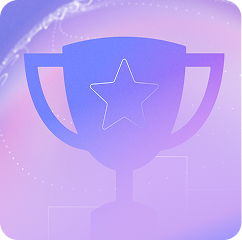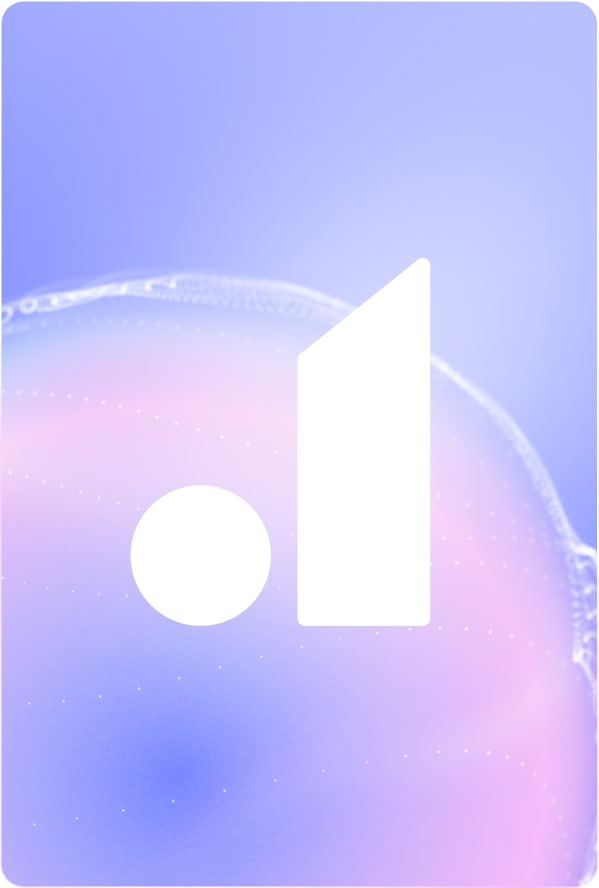
// Recruitment Technology
From Legacy Chaos to Lightning-Fast Search: How CRM Migration Unlocks AI for Recruitment Agencies
26/09/2025
MIN
Recruitment agencies know when their CRM (Customer Relationship Management tool) is holding them back. Slow search, disconnected workflows, and cluttered data make daily tasks harder than they need to be. But even when the pain is obvious, many teams hesitate to make a change.
CRM migration has a reputation for being complicated, risky, and time-consuming. That fear is understandable, especially when you’re running a busy agency with no room for downtime.
But modern AI-powered platforms like Atlas are changing the game. With the right tools, support, and migration strategy, agencies can move their data from outdated systems into a clean, AI-powered environment that improves productivity from day one.
In this guide, we’ll break down what CRM migration involves, why it’s more accessible than you might think, and how recruitment teams can make the switch without disruption. If you’re tired of legacy chaos and ready for faster, smarter operations with a new CRM platform, this is your data migration process roadmap.
What is a CRM migration?
A CRM migration is the process of transferring your data from a legacy recruitment system to a new platform. It includes moving candidate records, job listings, company details, communication logs, documents, and any custom fields your team relies on.
In recruitment, this data is complex. It spans structured tables like contacts and jobs, as well as unstructured notes, resumes, and attachments. A successful migration brings all of this across without losing context, relationships, or searchability.
The goal is to move your data into a more modern, efficient system that supports better workflows, faster access to information, and stronger automation. For teams moving to a core recruitment platform like Atlas, migration is the first step toward eliminating administrative overhead and unlocking AI-powered tools that improve performance across the board.
Why recruiters delay their CRM data migration
Most recruiters know their current system isn’t ideal. It slows them down, creates duplicate work, and hides useful information behind poor search or cluttered interfaces. Even so, many teams hold off on migrating to a better platform.
The hesitation usually comes from a few core concerns:
- Fear of data loss
Teams worry that important candidate or client records might be lost during the transfer, especially when working with messy or inconsistent legacy data.
- Downtime risk
Agencies can’t afford to be offline, even for a few hours. The idea of being locked out of critical systems during migration is enough to put the project on hold.
- Lack of internal resources
Many teams don’t have dedicated operations or data specialists. Without clear ownership, CRM migration feels like a high-stakes task with too many unknowns.
- Uncertainty about data quality
Years of inconsistent tagging, duplicate records, and outdated information create anxiety about what should even be migrated.
- Change fatigue
Even when a new platform offers clear advantages, it can be difficult to get buy-in. Teams fear disruption, new processes, and extra work to relearn the basics.
These are valid concerns. But with the right migration strategy and support, it’s possible to move quickly and safely without introducing risk or confusion. In fact, it’s often the first real opportunity to clean up your data and simplify your operations.
How do you migrate data from your existing CRM?
CRM migration is more than just copying data from one system to another. It’s a structured process that ensures every candidate, job, note, and attachment moves safely into your new environment, ready to support your team’s daily work.
A typical CRM migration includes several key phases:
1. Data export
The first step is collecting your data from the legacy system. This might involve requesting CSV exports, database backups, or FTP credentials from your current provider.
2. Data inspection and preparation
Once your data is received, it needs to be loaded into a secure environment where it can be reviewed, queried, and prepared for transformation. This step reveals gaps, inconsistencies, and formatting issues that need to be addressed.
3. Field mapping
Next, your legacy fields are mapped to the structure of your new platform. That includes aligning custom attributes, standardising formats, and deciding how to handle edge cases. For example, data mapping “Engagement Type” or “Candidate Status” to the new platform’s categories.
4. Data transformation
With mappings in place, your data is cleaned, deduplicated, and restructured to fit the target schema. This is where messy data gets fixed, legacy quirks are smoothed out, and fields are updated to match modern workflows.
5. Quality assurance
Automated and manual checks confirm that data is complete, accurate, and ready for use. This includes verifying required fields, checking for duplicates, validating formats, and flagging anything unexpected for review.
6. Staging environment
Before going live, your data is deployed into a safe, testable version of your new platform. This gives your team a chance to explore the data, test workflows, and confirm that everything looks and behaves as expected.
7. Final CRM software migration
Once staging is approved, your data is moved into the production environment. At this point, your team transitions fully to the new platform, with all core data and files in place.
8. Search indexing and file migration
After the final load, the system indexes your data so it becomes searchable from day one. Files such as resumes, contracts, and notes are also migrated and linked to the correct records.
Each step builds confidence and ensures a smooth handover. With the right team and tools, CRM migration becomes a low-risk path to better performance.
Building a CRM migration strategy that works
A successful CRM migration starts with a clear strategy. Without one, even the best tools can’t prevent confusion, delays, or missed data. For recruitment agencies, building a strategy means aligning your business goals with a structured plan that guides every step of the process.
Here’s what to include:
1. Set clear goals for your new CRM system
Define what success looks like. This could be eliminating duplicate data, reducing admin, improving data visibility, or enabling AI-powered features in your new platform. Setting goals helps keep the project focused and measurable.
2. Choose the right timing for a successful CRM migration
Plan the existing data migration during a quieter period, such as a seasonal lull or a long weekend. This reduces pressure on your team and allows for a smooth cutover with minimal disruption.
3. Audit your current CRM system data
Before migrating, review your current CRM data. Identify outdated records, inconsistent formats, missing fields, and duplicates. Decide what should be cleaned, archived, or excluded entirely.
4. Define roles and responsibilities
Assign ownership across technical, operational, and business teams. Everyone should know who is responsible for approvals, testing, training, and communication.
5. Prepare your team
Let your recruiters know what to expect from the data migration. Share a timeline, highlight the benefits, and provide clear instructions for how and when the switch will happen. Early communication reduces friction later.
6. Test before going live
Run a test migration from your legacy CRM with a subset of your data. This allows you to confirm that mappings work, workflows are intact, and the system behaves as expected. It’s easier to fix small issues in staging than in production.
7. Post-migration training and adoption
Even a well-executed migration can fall short if your team doesn’t use the new platform correctly. Include time for training, Q&A sessions, and post-launch support.
A solid CRM migration strategy creates structure, removes uncertainty, and makes it easier to move fast without compromising quality.
How Atlas delivers a clean, fast CRM migration
Migrating to Atlas means more than transferring records. It sets your team up with faster search, cleaner data, and workflows that are easier to manage from day one. It’s designed specifically for recruitment agencies and led by a team that understands the stakes.
1. Secure data collection and resource allocation
Atlas accepts data exports from your CRM, whether that’s a full database backup or a folder of CSV files. Our team guides you through this step and ensures your data backup is transferred securely.
2. Mounting and inspection
Once received, your data is loaded into a live, queryable environment. This makes it easy to explore tables, identify inconsistencies, and prepare for the next steps.
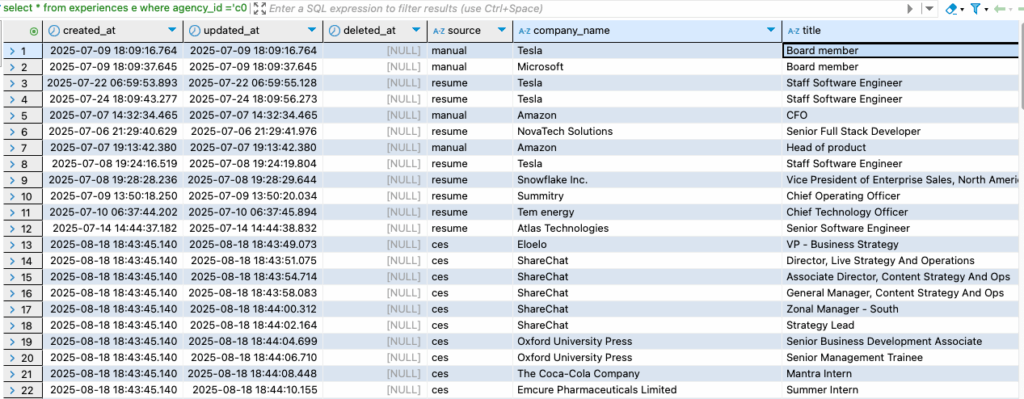
3. Field mapping in a visual dashboard
You get access to the Atlas Migration Dashboard, a tool built to help recruiters and operations leads map legacy fields to Atlas’s CRM migration projects. You can preview your data, review recommended mappings, and make adjustments to your new system with support from our team.
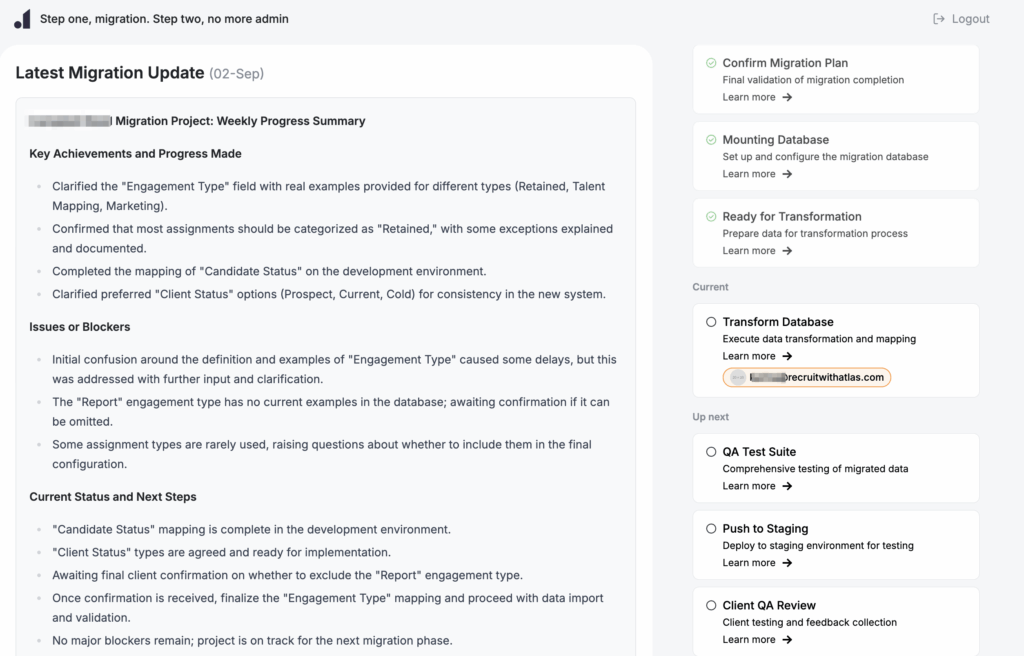
4. Data transformation
Using a structured process powered by DBT, Atlas transforms your legacy data into clean, consistent, Atlas-ready records from any and all CRM platforms. We handle standardisation, deduplication, and restructuring powered by our team’s technical expertise, while keeping your workflows intact.
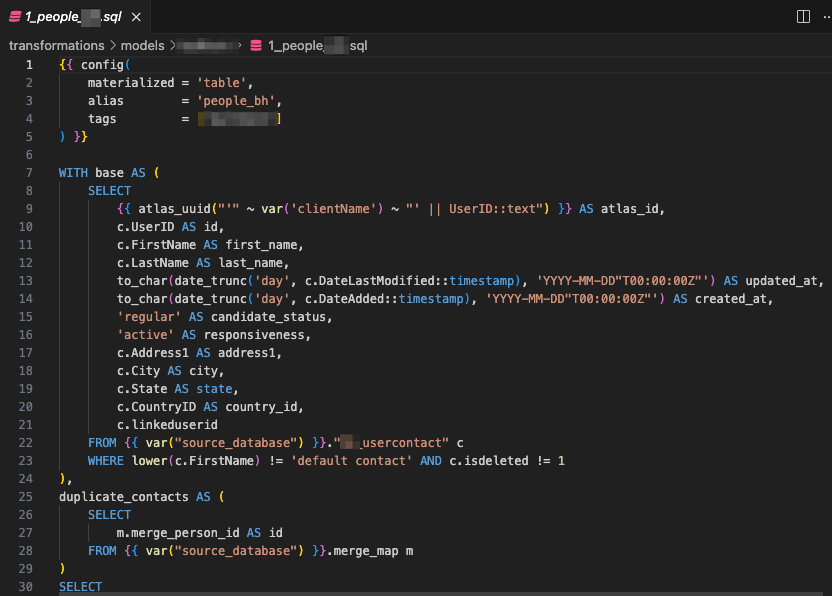
5. AI-powered quality checks
Automation flags unusual patterns, duplicate entries, and missing values in your data structure. Our QA system runs dozens of automated tests per table to catch anything that needs review before your candidate and customer data goes live.
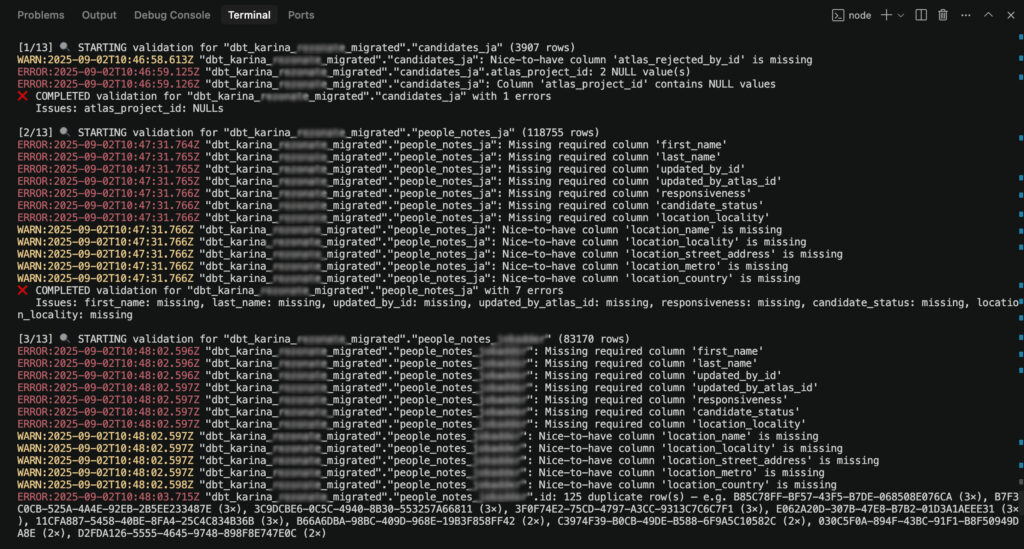
6. Staging environment for testing
We import data from your records into a private staging version of Atlas. This gives your team a chance to review everything, test search, validate key workflows, and sign off before anything moves to production for a smooth migration.
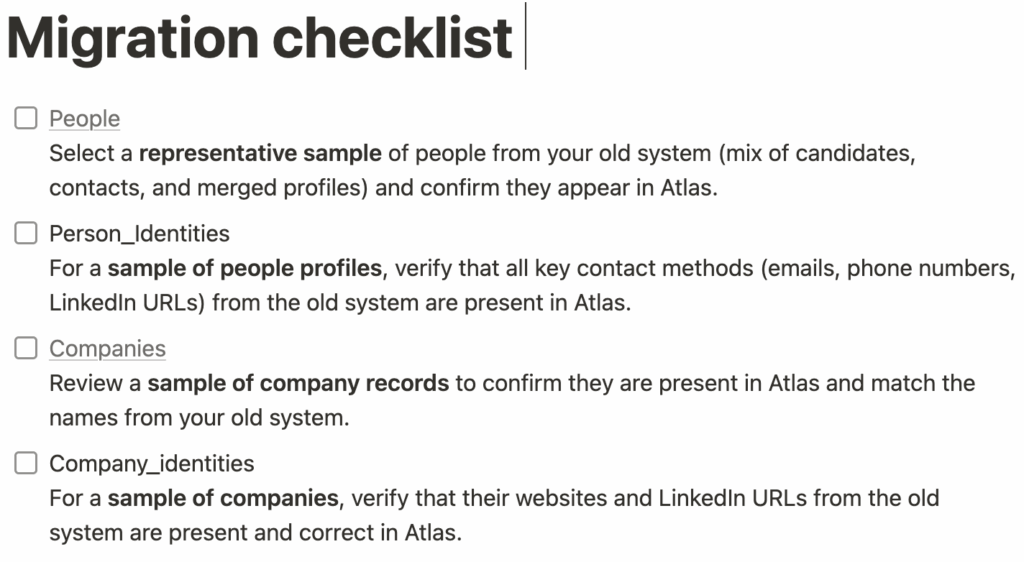
7. Final migration with zero disruption
Once you’re happy with staging, Atlas moves your data into the live platform. If your team is already using Atlas, we carefully merge new data without overwriting existing records. If you’re new, your staging data becomes your clean baseline.
8. Search and file indexing
After the migration, Atlas indexes your data so it is immediately searchable. Files such as CVs, contracts, and notes are also linked to the correct records and ready for use.
Throughout the process, you have direct access to our migration team, regular status updates, and full visibility into what is complete, what is pending, and what needs your input. The process is designed to reduce risk and give you confidence at every stage.
What you gain by migrating to Atlas
Switching to a modern core recruitment platform should create immediate value. Once your data is live in Atlas, your team benefits from cleaner records, faster workflows, and tools that actively reduce administrative effort.
Here’s what recruitment agencies typically gain after migration:
1. Faster search across your entire database
Atlas uses advanced indexing to return search results instantly. Recruiters can find candidates, companies, and jobs in seconds, even across large datasets.
2. Data security with clean, consistent records
Legacy data is often full of duplicates, formatting issues, and inconsistent fields. The Atlas migration process transforms your records into a structured, reliable dataset that improves over time.
3. Smarter workflows with AI support
Once migration is complete, you unlock automation features such as deduplication, candidate engagement scoring, and responsive task suggestions that streamline your day-to-day work. Atlas also ensures seamless integration with your favourite tools, allowing you to keep expanding your business operations without sacrificing anything along the way.
4. Better visibility and reporting
Structured data makes it easier to track performance, understand pipeline health, and share insights with clients. You get access to more accurate dashboards and faster answers to power your communication plans, backed up by your entire dataset, thanks to Atlas’s smart AI agents.
5. Less admin, more time for recruiting
By eliminating friction from search, data entry, and candidate management, your team spends more time on high-value tasks and less time wrestling with outdated tools.
6. Confidence in your system
A successful migration improves trust in your data and platform. Recruiters can rely on the system to surface the right candidates and keep their workflows intact regardless of data volume.
These gains don’t come from features alone. They’re the result of thoughtful historical data migration planning, modern infrastructure, and the right support at every step.
Frequently asked questions (FAQs) about cloud-based CRM migrations
Most full migrations are completed within five to ten business days. The exact timeline depends on the size and complexity of your database. Final cutovers are often scheduled over a weekend to ensure your valuable customer data is readily available without disruptions.
Yes. Whether you are using Bullhorn, Vincere, JobAdder, or a custom system, Atlas can support your migration. Our team has experience working with a wide range of recruitment tools and complex data formats to provide you with smooth migration services and ongoing support.
That’s common when it comes to data integrity and platform migration, and it’s not a blocker. The migration process includes cleaning, standardising, and deduplicating your records. Our platform also uses AI to catch data accuracy errors and inconsistencies that would otherwise slow things down.
No. Atlas supports parallel operations, which means you can continue using your existing system while the migration takes place. We only switch over once your team has reviewed and approved the staging environment. This ensures seamless transition and uninterrupted business processes while all the relevant data is passed into your new system.
Not necessarily. Our migration team handles the technical heavy lifting. You will be asked to review mappings and validate data in staging, but no engineering or database skills are required. Our post-migration support also ensures customer satisfaction for all our users, regardless of scale or niche. We aim for all of our users to receive the same high-quality service 24/7.
Migrate to a future-proof core recruitment system
A CRM migration should not be seen as a risky leap. With the right plan and the right partner, the entire process becomes an opportunity to improve the way your agency works. Clean, reliable data powers faster searches, meaningful insights, better workflows, and automation that saves recruiters hours every week.
Atlas provides a clear process, built-in quality checks, and a team that guides you through every step. The result is a smooth transition into a core recruitment platform that sets your agency up for long-term growth.
If your current CRM is holding you back, now is the time to act. Migrate with confidence, leave legacy systems behind, and give your team the tools to recruit faster and smarter.


